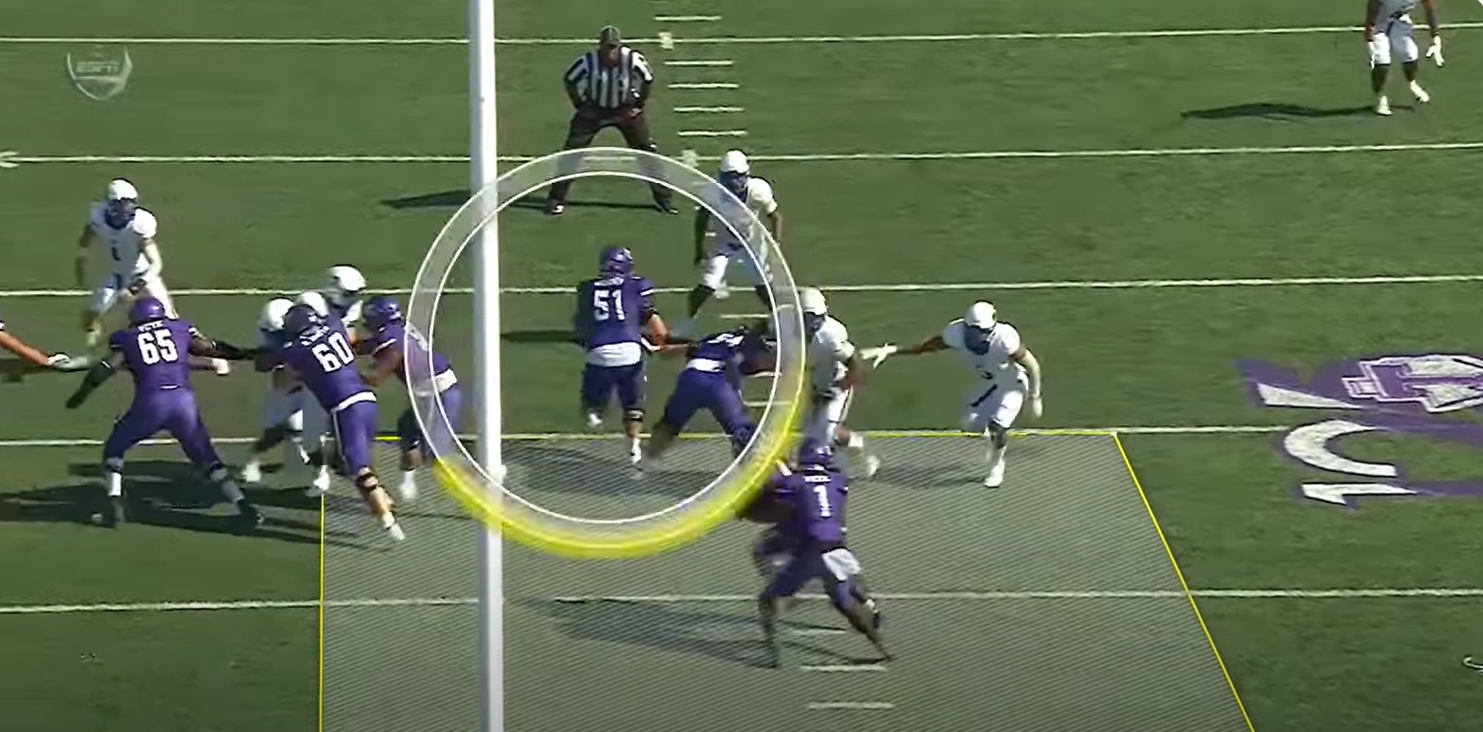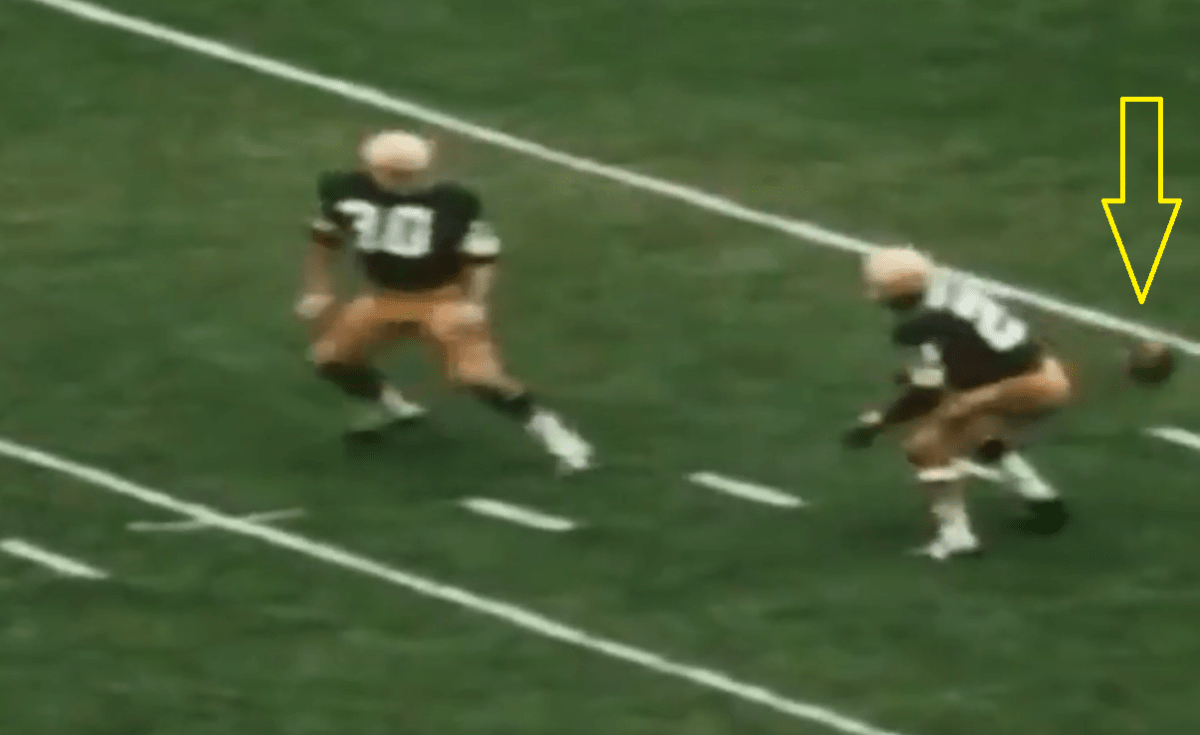Alright, let’s get into this business about a “muffed punt” in college football. You might be scratching your head wondering what a muffed punt even means, right? Well, let me put it plain and simple for ya. When a player on the receiving team tries to catch a punt (that’s when the other team kicks the ball way down the field to change who’s got the ball), sometimes things don’t go as planned. The ball slips through his hands or bounces off him—that’s what they call “muffing” the punt.
Now, here’s where it gets a bit tricky. The kicking team (the one who punted the ball in the first place) can pick that ball up if the receiving team messes up and muffs it. But—and this is a big but—they can’t run with it. No, sir, that ball is “dead” right where they scoop it up. They’re allowed to pick it up and continue their turn on offense, but running or advancing it down the field is just not allowed. You might be thinking, “Well, why can’t they?” Good question!

The rulemakers say that a muffed punt can’t be advanced because the receiving team didn’t have full control over it. In football terms, they say the receiving team never “possessed” the ball. Now, possession is just a fancy way of saying they never had full control over it. If they never had possession, then the ball’s basically treated like a loose kick, and rules say kicks can’t be advanced by the team that kicked it. Simple as that!
So, to keep things straightforward: when the receiving team messes up a punt catch, the kicking team can get the ball back. But no matter how open the field looks ahead, they’ll have to settle down and start their next play from that exact spot. There ain’t any running allowed. If you’re sitting there thinking, “Well, that doesn’t sound too fair,” you’re not the only one! But rules are rules.
Here’s a rundown of how it all works:
- Muffing the Punt: This happens when the player on the receiving team fails to catch the punt cleanly. Could be a bobble, could be a bounce, just means he didn’t hold onto it.
- Can the Kicking Team Get It? Yes, if the receiving team muffs the punt, the kicking team can jump on that ball. They “recover” it, like finding loose change on the sidewalk.
- Can They Advance It? Nope! Once they grab that ball, it’s dead right where they picked it up. They can’t run with it, even if the field’s wide open.
This rule’s the same in both college football and NFL, so don’t go thinking it’s only for the college kids. No matter where the game’s played, if there’s a muffed punt, it’s dead on arrival for the kicking team. They’ll get the ball, but they’re not allowed to make any extra yards out of it on that play. Some folks say this keeps the game fair, giving both teams a fighting chance without any extra surprises.
Now, there are some plays where a team can pick up the ball and run with it, but a muffed punt isn’t one of ‘em. That’s more likely with a fumble, which is a whole different story. With a fumble, the player had control of the ball and then lost it. In that case, whoever picks it up can run with it as far as they want. But a muffed punt? That’s treated different. A muffed punt doesn’t mean they lost possession, just that they never really had it to begin with. So the rules say: pick it up, but stay put.
So if you’re watching a game and you see a player from the kicking team pounce on a muffed punt, don’t expect him to start running. They’ll mark the ball dead and start a new play from there. This keeps things a bit orderly, so no one’s rushing around trying to grab control where there never was any to start with.

So there ya go, folks. That’s the ins and outs of advancing a muffed punt in college football. It might sound a bit strange, but these rules are all part of keeping the game fair and square. Next time you’re watching a game, and someone muffs a punt, you can explain to your buddies why they’re not allowed to run with it. You’ll be the expert in the room, just like that!
Tags:[college football, muffed punt, football rules, NCAA, kicking team, possession]

























